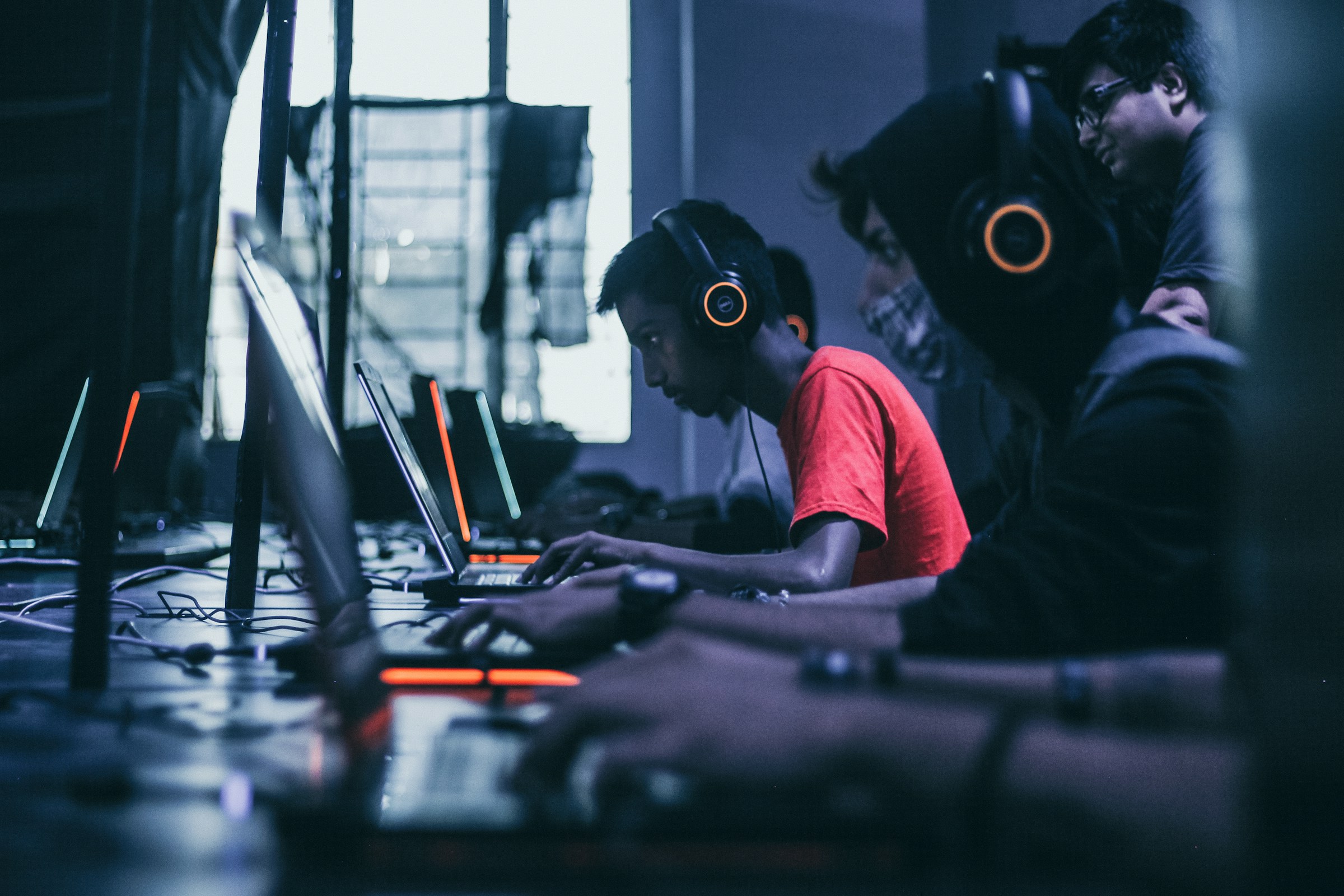In the ever-evolving landscape of the gaming industry, creating believable non-player characters (NPCs) is a critical aspect of game development. With the advent of neural networks and artificial intelligence, the ability to design NPCs that exhibit real-time and lifelike behaviors has significantly improved. This transformation not only enhances the gaming experience but also elevates the player experience to new heights. In this article, we will delve into the role neural networks play in shaping NPC behaviors, how they influence player actions, and their overall impact on the gaming environment.
Understanding Neural Networks in Game Development
Neural networks, a subset of machine learning, have become a cornerstone in the realm of game development. They mimic the human brain’s functioning by learning from vast amounts of data and making decisions based on that learning. This technology is pivotal in NPC development, enabling developers to create characters that can adapt, learn, and exhibit human-like behavior.
A voir aussi : How can developers ensure cross-device compatibility for cloud gaming applications?
Traditional methods like behavior trees and finite state machines have been used to dictate NPC actions, but they often fall short in delivering dynamic and adaptive behaviors. Neural networks, on the other hand, bring a level of complexity and realism that was previously unattainable. By feeding a neural network with data on various player actions and outcomes, NPCs can be trained to respond in ways that feel organic and lifelike.
For example, in a video game where NPCs need to react to a player’s combat strategy, a neural network can analyze past encounters and adapt its response to challenge the player. This not only enhances the gameplay experience but also keeps players engaged by providing a more unpredictable and exciting environment.
A lire également : How can narrative branching be used to offer multiple endings in interactive story games?
Enhancing Decision Making through Machine Learning
At the heart of lifelike NPC behavior is the ability to make informed decisions in real-time. Machine learning algorithms empower NPCs to evaluate different scenarios and choose the most appropriate action based on their training data. This process involves the NPC assessing the current game state, considering potential actions, and predicting the outcomes of those actions.
Incorporating neural networks into this decision-making process allows for the creation of NPCs that can learn from their interactions with players and the game environment. This learning capability means that NPCs can evolve over time, becoming more adept at anticipating player moves and responding accordingly.
For instance, in a stealth-based game, an NPC guard equipped with a neural network could learn from previous encounters where it was outsmarted by the player. Over time, the NPC would become better at detecting subtle clues like the sound of footsteps or changes in lighting, making it a more formidable opponent. This level of sophistication in decision making not only enhances the challenge for players but also adds depth to the gaming experience.
The Impact on Player Experience and Engagement
One of the primary goals of using neural networks in NPC development is to create a more immersive player experience. When NPCs behave in realistic and unpredictable ways, players are more likely to become emotionally invested in the game. This emotional investment is crucial for maintaining player engagement and ensuring the game’s longevity.
By leveraging machine learning and neural networks, game developers can design NPCs that exhibit a wide range of emotions, personalities, and behaviors. These NPCs can form relationships with player characters, react to their choices, and even remember past interactions. This level of personalization makes the game world feel more alive and responsive to the player’s actions.
In narrative-driven games, for example, NPCs can use natural language processing to understand and respond to player dialogue. This creates more meaningful interactions and allows for branching storylines based on the player’s decisions. The result is a richer and more engaging gameplay experience that keeps players coming back for more.
Real-Time Adaptation and Dynamic Game Environments
One of the standout features of neural networks is their ability to process and respond to data in real-time. This capability is particularly valuable in dynamic game environments where conditions can change rapidly. By continuously analyzing the game state and player behavior, neural networks enable NPCs to adapt their actions on the fly.
In an open-world game, for instance, NPCs can use neural networks to navigate complex terrains, avoid obstacles, and interact with the environment in a believable manner. This adaptability is essential for creating a seamless and immersive gaming experience. Players can explore the game world knowing that NPCs will react in realistic ways, whether it’s a wildlife creature hunting for food or a hostile enemy planning an ambush.
Furthermore, real-time adaptation extends beyond individual NPCs to affect the entire game world. Neural networks can be used to simulate ecosystems, weather patterns, and other environmental factors that influence NPC behavior. This level of detail adds layers of complexity to the game, making it more engaging and challenging for players.
The Future of NPC Development with Neural Networks
As neural networks continue to evolve, their potential applications in NPC development are vast and varied. Future advancements in artificial intelligence and machine learning will enable game developers to create even more sophisticated and lifelike characters. These advancements will likely include improved natural language processing, more nuanced emotional responses, and greater adaptability to player behavior.
For game developers, the challenge will be to harness these technologies in ways that enhance the player experience without compromising the game’s integrity or performance. Balancing the computational demands of neural networks with the need for real-time responsiveness will be crucial for creating seamless and immersive gaming experiences.
Moreover, as neural networks become more advanced, ethical considerations will come into play. Developers will need to ensure that NPC behaviors align with the game’s narrative and do not inadvertently promote harmful stereotypes or behaviors. Transparency and accountability in AI-driven NPC development will be essential for maintaining player trust and fostering a positive gaming community.
Neural networks play a transformational role in creating lifelike NPC behaviors, revolutionizing the gaming industry and redefining player expectations. By enhancing decision-making processes, enabling real-time adaptation, and enriching the player experience, neural networks have become an indispensable tool for modern game developers.
As we look to the future, the continued evolution of artificial intelligence and machine learning will unlock even greater possibilities for NPC development. Game developers who embrace these technologies will be at the forefront of creating immersive, engaging, and dynamic gameplay experiences that captivate players worldwide.
In summary, neural networks are not just a technological advancement—they are a catalyst for innovation in game development, offering new ways to create realistic and engaging NPCs. As you navigate the ever-changing landscape of video games, you can expect neural networks to play an increasingly pivotal role in shaping the future of interactive entertainment.











